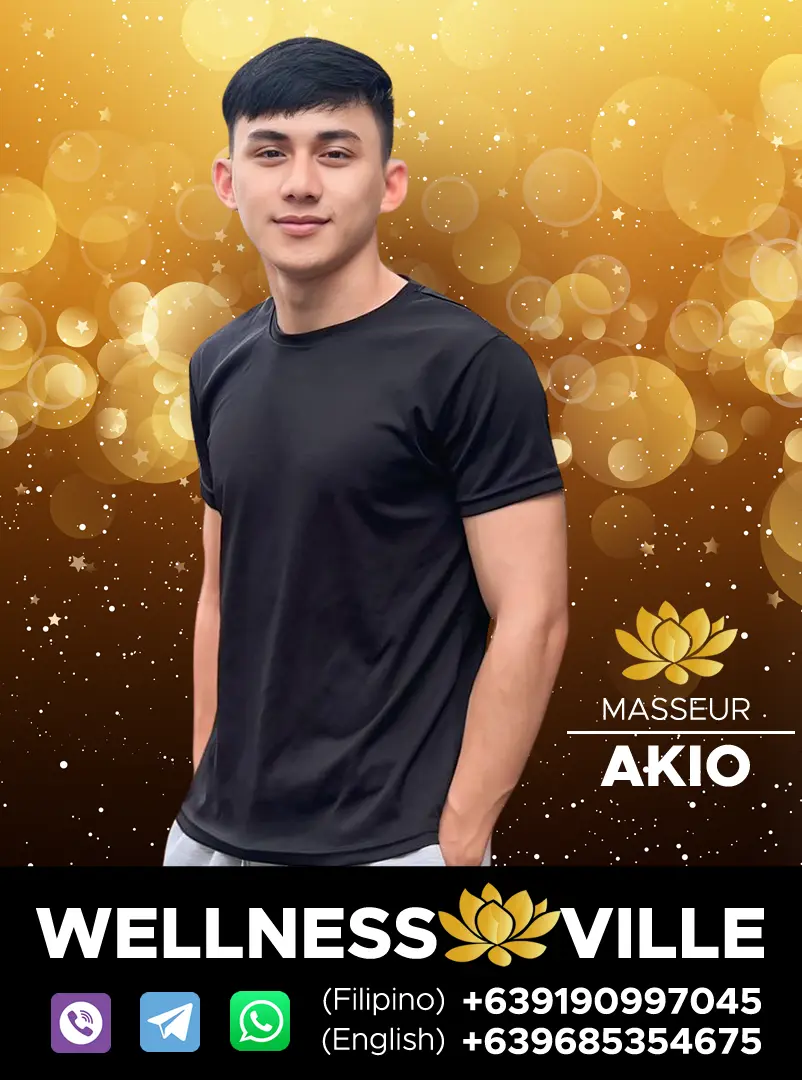
Sports Massage: A Guide to Pain Relief, Performance, and Recovery
Table of Contents
If you’ve ever wondered how elite athletes manage to stay injury-free and perform at their best, sports massage is often part of the answer. Having both received and given sports massages over the years, I can attest to its significant benefits. Whether you’re a professional athlete or just enjoy weekend sports, this therapy goes beyond mere muscle relaxation—it’s an effective method for preventing injuries, speeding up recovery, and boosting athletic performance. Let’s explore what sports massage truly entails, its history, and how it can transform the experience for any fitness lover.
What is Sports Massage?
Sports massage is a specialized form of massage therapy that concentrates on specific muscle groups used during athletic activities. Unlike other types of massages, such as Hot Stone or bamboo massage, which are primarily aimed at relaxation, sports massage is designed to improve physical performance, prevent injuries, and aid the body’s natural recovery processes. This treatment is dynamic, incorporating a combination of stretching, pressure, and joint manipulation tailored to an individual’s physical needs, workout intensity, and athletic objectives.
The approach to sports massage is holistic, addressing the entire body while focusing on specific problem areas. A session may include techniques like dry massage for deeper muscle manipulation, methods inspired by traditional practices such as Traditional Hilot to realign and loosen muscles, and targeted stretches. Depending on the session’s goal, sports massage can be preparative, activating muscles before a workout, or restorative, promoting more efficient recovery after exercise.
History of Sports Massage
The origins of sports massage trace back to ancient civilizations. Greek and Roman athletes utilized various forms of sports massage, applying oils and physical techniques to relieve muscle tension and boost circulation before competitions or battles. This practice evolved over time, with the late 19th and early 20th centuries marking the emergence of more structured sports massage methods in Europe and the U.S., driven by innovators in physical therapy and sports medicine.
In recent years, sports massage has gained significant recognition and scientific support. As competitive sports have evolved, so too have training methods, leading to advancements in sports massage. Nowadays, it’s common for both Olympic athletes and everyday fitness enthusiasts to include sports massage in their routines. The practice has also embraced techniques from various traditions, such as the soothing approaches of Hot Stone Massage, the vigorous nature of dry massage, and the restorative benefits of Traditional Hilot and bamboo massage to promote recovery.
What to Expect in a Sports Massage
Entering a sports massage session, particularly if it’s your first time, can feel quite different from a standard spa visit. Instead of soft lighting and soothing music, the atmosphere is more focused on practical and therapeutic outcomes. Your therapist will likely start with an assessment, inquiring about any areas of pain, recent injuries, or specific objectives (like preparing for a big event or enhancing flexibility) to customize the session to your needs.
Sports massage typically begins with general warm-up strokes to boost blood circulation in the muscles. After that, the focus shifts to specific areas, targeting sore, tense, or knotted muscles that require attention. Depending on what you need, the therapist might employ a mix of techniques—such as trigger point therapy, compression, joint mobilization, or deep kneading. Stretching is also a common component, particularly dynamic or assisted stretching, which helps improve flexibility and minimize the risk of injuries.
Although sports massage can be quite intense, especially when addressing chronic muscle tightness or aiding in post-injury recovery, a skilled therapist will modify the pressure to ensure it remains therapeutic rather than painful. If you prefer a gentler approach, elements from bamboo massage or Hot Stone Massage may be used to warm up tight areas before progressing deeper. After your session, it’s normal to experience a combination of relief and mild soreness, which usually subsides within a day or two.
Ideal Candidates for a Sports Massage
Sports massage is incredibly beneficial for athletes at any level, but it’s not just for elite professionals. If you lead an active lifestyle—whether that involves long-distance running, weightlifting, yoga, or even regular walking—you can reap the rewards of this therapy. Sports massage aids in muscle maintenance, accelerates recovery, and promotes mental relaxation, making it a great option for anyone who stays active.
In addition to athletes, sports massage is perfect for individuals who are susceptible to repetitive strain injuries. For instance, if you spend long hours sitting or engage in repetitive tasks (like typing or lifting), sports massage can help prevent or ease issues such as tightness and decreased flexibility. It’s also advantageous for those recovering from injuries, as it assists in breaking down scar tissue and encouraging improved movement patterns during the healing process. People who enjoy more intense massage techniques, such as dry massage or bamboo massage, will likely find sports massage to be very effective.
While sports massage is generally safe for most individuals, those with specific medical conditions—such as fractures, acute injuries, or inflammatory diseases—should seek medical advice before scheduling a session. In such cases, gentler methods like Traditional Hilot or Hot Stone Massage may be more appropriate as the body recovers.
Benefits of Sports Massage
Sports massage offers a host of physical, psychological, and performance-related benefits. Here are some key advantages:
- Enhanced Recovery: By increasing blood flow, sports massage helps flush out metabolic waste like lactic acid, reducing soreness and speeding up recovery post-workout. This means you can get back to your training routine sooner and with less discomfort.
- Injury Prevention: Regular sports massage sessions can improve muscle elasticity and flexibility, decreasing the risk of injuries such as muscle strains and joint issues. It’s similar to preventive maintenance for your body, just like warming up before exercise.
- Improved Performance: Whether you’re an amateur or pro, sports massage can improve your performance. By loosening tight muscles and increasing range of motion, it helps your body move more efficiently, which directly impacts your performance quality and endurance.
- Pain Relief: For those dealing with chronic pain or post-injury discomfort, sports massage can provide relief by releasing tension and working on trigger points. It’s especially useful for areas that standard massage may not reach as effectively.
- Stress Reduction: While it may seem intense, sports massage also promotes relaxation and reduces cortisol levels. It’s grounding, bringing both mental clarity and emotional relief, especially before a big event or game.
- Better Sleep and Overall Wellness: Enhanced circulation, reduced pain, and improved physical flexibility can contribute to better sleep and overall wellness. Athletes often report improved focus, mental clarity, and a stronger sense of readiness after regular sports massage sessions.
Requirements and Qualifications of a Sports Massage Practitioner
To become a sports massage therapist, one must have a thorough understanding of human anatomy, especially in relation to sports and physical activity. Most practitioners start with comprehensive training in massage therapy, where they learn about the body’s muscles, joints, and nervous system. Afterward, they often specialize in sports massage, obtaining certifications in advanced techniques such as trigger point therapy, dry massage, or even bamboo massage to enhance their skill set.
A qualified sports massage therapist not only knows how to relieve muscle tension but also understands how to do so in a way that aligns with an athlete’s objectives. This involves preparing a client’s body for competition or assisting in their recovery after an event. Additionally, practitioners need to be strong communicators, guiding clients through each technique and adjusting pressure to meet individual preferences. This combination of physical expertise and interpersonal skills distinguishes an exceptional sports massage therapist from others in the field.
Concluding Thoughts on Sports Massage
Sports massage is a highly effective method for boosting athletic performance, speeding up recovery, and preventing injuries. Having witnessed its remarkable benefits firsthand, I can attest that it goes beyond mere physical manipulation; it’s about fine-tuning your body to align with your lifestyle and aspirations. For those dedicated to their fitness journey, sports massage serves as an invaluable tool, especially when paired with other therapies like Hot Stone Massage or Traditional Hilot, creating a well-rounded recovery and wellness strategy.
Whether you aim to enhance your performance, recover more quickly, or simply ease muscle discomfort, sports massage offers benefits for everyone.































